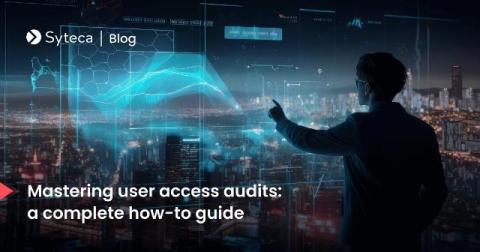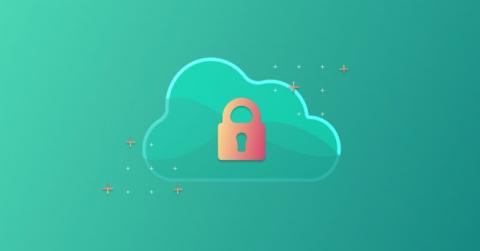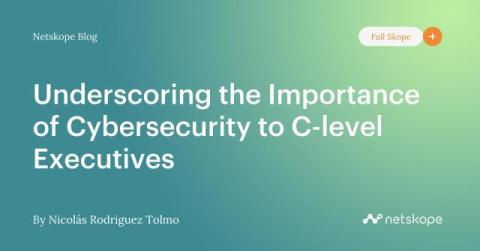A New Chapter for Bitsight: Welcoming Cybersixgill & Cyber Threat Intelligence
Today, I am thrilled to announce the official closing of Bitsight’s acquisition of Cybersixgill, a leading provider of cyber threat intelligence solutions. This is not only a pivotal step in our long-term vision—it’s a reinforcement of our promise to help each and every one of our customers to make smarter, faster risk decisions. Bitsight was founded on the belief that cyber risk is not binary.










